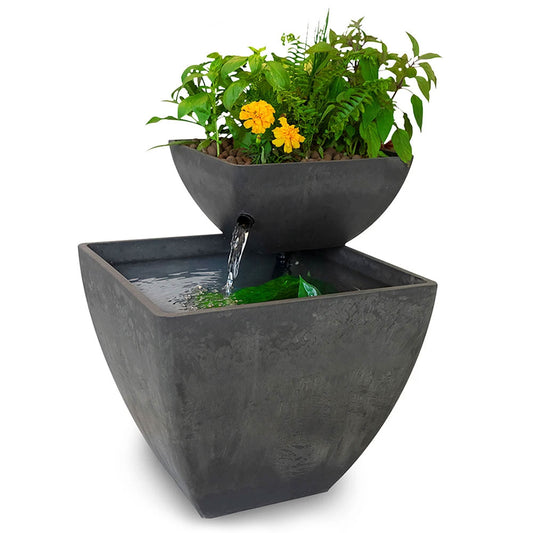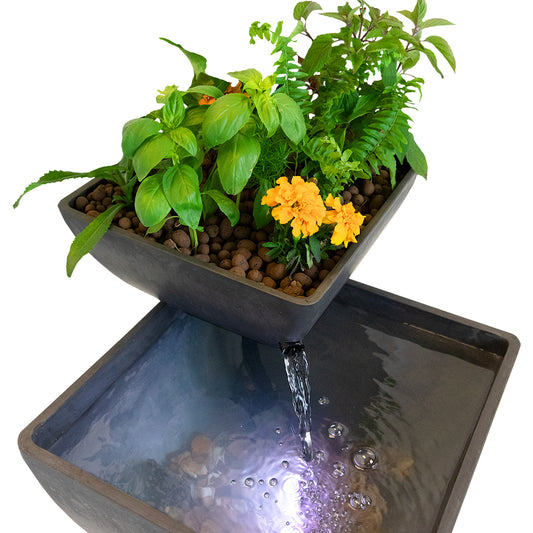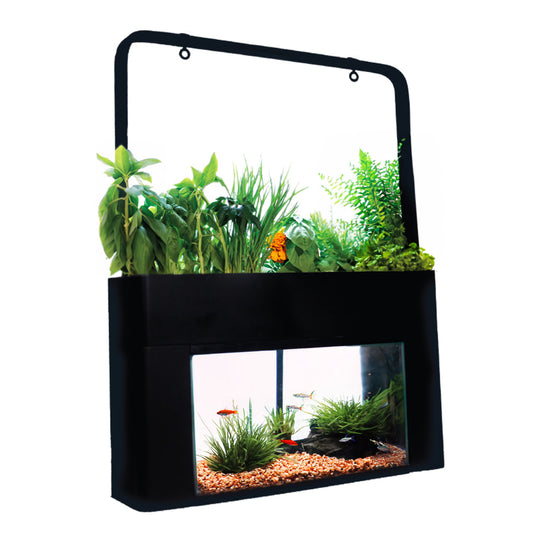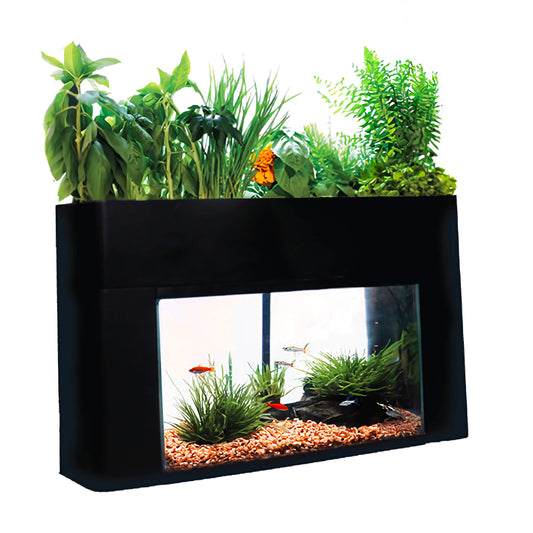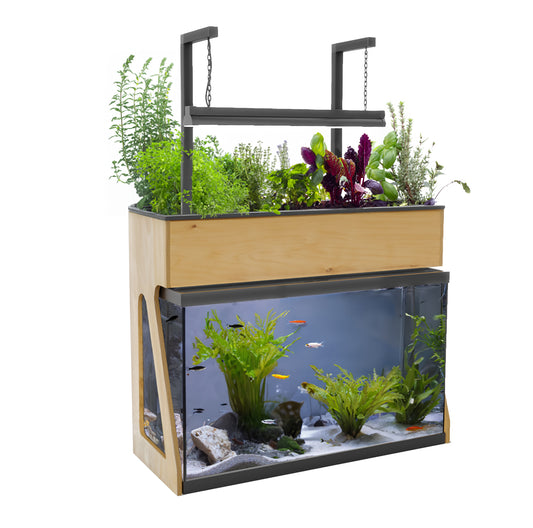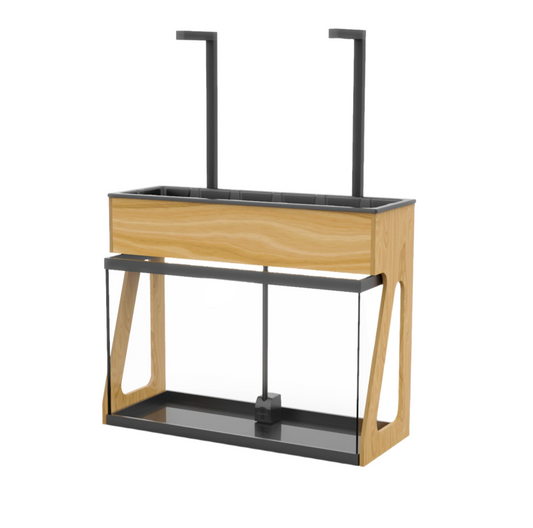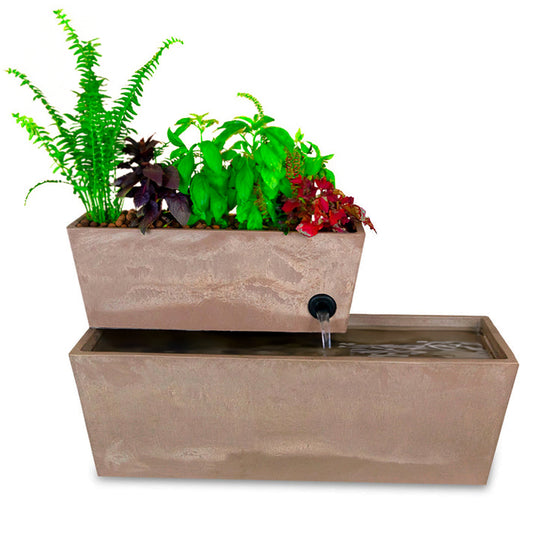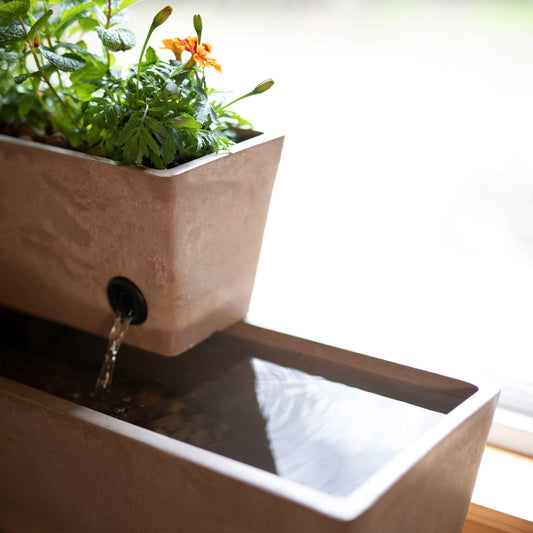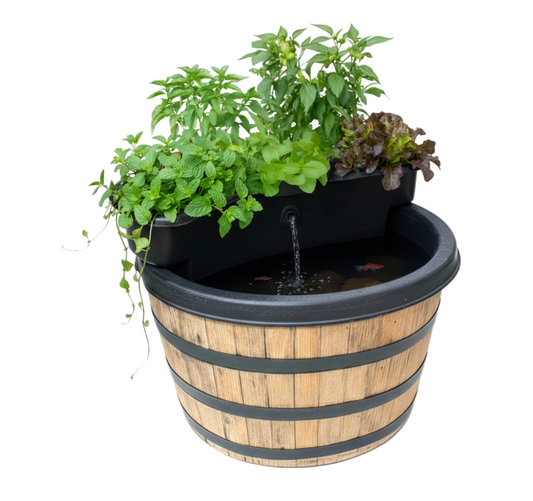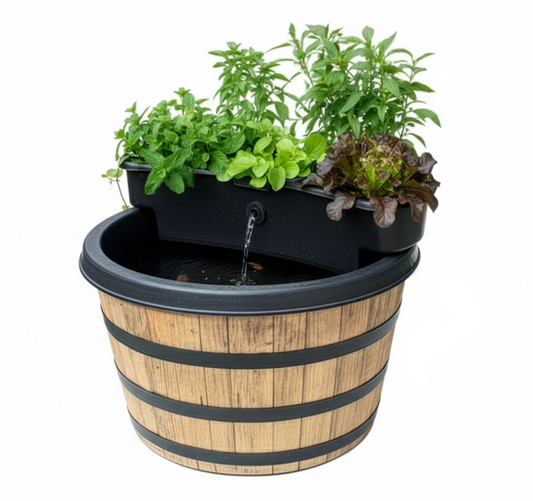Top 10 Common Mistakes in Aquaponics (And How to Avoid Them)
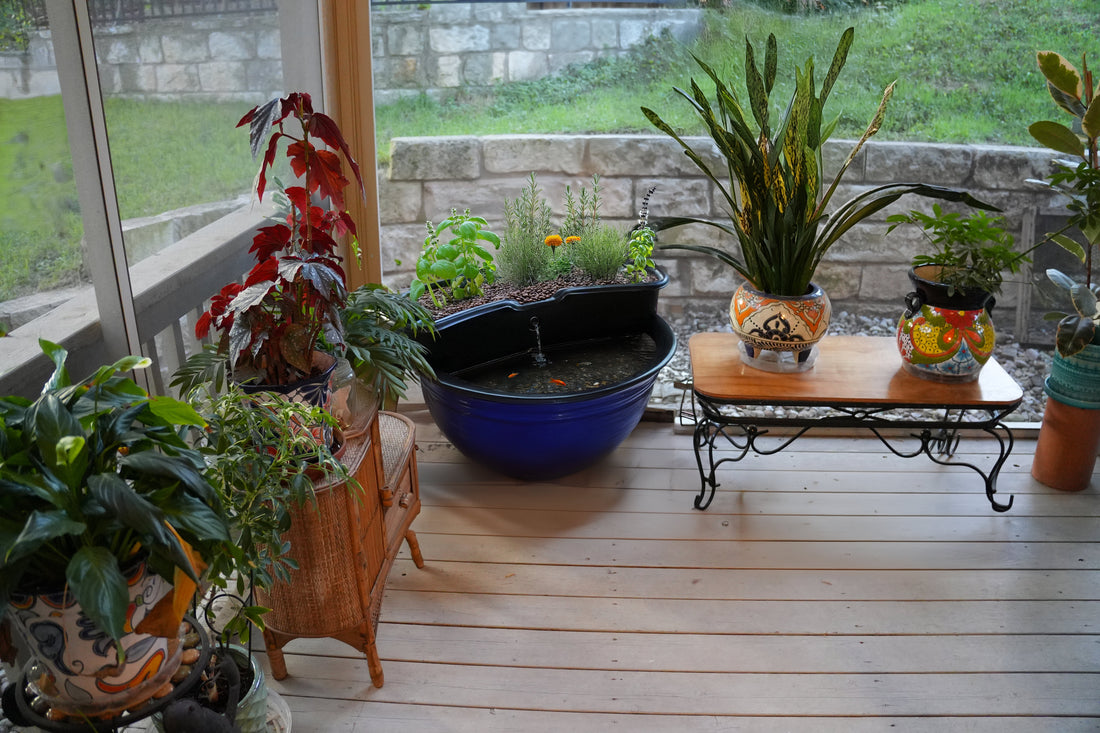
Aquaponics combines the efficiency of aquaculture (raising fish) with the benefits of hydroponics (cultivating plants in water) into a sustainable and productive gardening system. However, many new aquaponic gardeners risk health and productivity due to common missteps. Here’s a comprehensive guide to the top ten mistakes often made in aquaponics and how you can sidestep them for a thriving ecosystem.
1. Neglecting Water Quality Management
Water quality is vital in an aquaponic system, serving as the lifeblood for both fish and plants. New aquaponic gardeners often overlook the importance of monitoring pH, ammonia, nitrite, and nitrate levels. Regular testing is necessary; aim for a pH between 6.8 to 7.2, and ensure ammonia and nitrite levels remain close to zero. Utilize test kits regularly to catch any harmful spikes before they affect aquatic life or crops.
2. Skipping the Cycling Process
Cycling your system involves establishing beneficial bacteria that transform fish waste into plant nutrients. Many new gardeners rush this crucial step, leading to ammonia spikes that can be lethal to fish. Be patient; this process typically takes between 4-6 weeks. To ensure everything stabilizes properly, allow your system to run fully set up for a week by cycling it before adding fish.
3. Overfeeding Fish
While it might seem intuitive to feed fish generously, overfeeding can drastically increase ammonia levels, harming your aquarium's ecosystem. Starting with small amounts, observe fish consumption rates, and adjust feed accordingly to prevent waste buildup. Remember that it’s better to slightly underfeed than to risk overfeeding.
4. Choosing the Wrong Plants
Aquaponics is not suitable for all plant types. New growers sometimes attempt to cultivate root vegetables or other species that are not well-suited to soilless environments. Focus on leafy greens, herbs, and compact fruiting varieties that thrive in aquaponic ecosystems, as these are more likely to yield successful results.
5. Ignoring Proper Stocking Density
Another common pitfall is overstocking your fish tank. A guideline of one inch of fish per gallon of water applies, but be sure to accommodate the adult size of the fish. Overcrowding can lead to increased waste and competition for oxygen, which can endanger the health of the entire system. For new systems, it’s wise to start with fewer fish and gradually increase their numbers as you monitor system stability.
6. Improper Nutrient Management
Believing that aquaponics eliminates the need for nutrients can lead to deficiencies that stunt plant growth. Fish waste provides nutrients, but it often lacks key elements such as calcium and magnesium for optimal plant health. Regular monitoring and occasional supplementation are necessary to prevent growth issues.
7. Neglecting the Maintenance of Plants
Aquaponics doesn't excuse you from caring for your plants—on the contrary, they require regular attention. Ensure plants receive adequate lighting, pruning, and pest monitoring. Ignoring plant health can result in diminished yields and a poorly functioning system overall.
8. Failing to Manage Water Temperature
Temperature specifications are critical in aquaponics. Most fish species thrive in water between 75-80°F. Avoid drastic changes in temperature to prevent stress in your fish. If your system is outdoors, consider shade shelters and heaters to keep conditions stable.
9. Inconsistent Water Levels
Proper water levels are essential for an efficient aquaponic system. Volatile water levels can harm plant roots and fish alike. Regular checks and proper timer settings for pumps can ensure that water levels remain consistent and within a healthy range.
10. Neglecting Regular Maintenance
Regular upkeep is central to a successful aquaponic system. This task includes cleaning filters, ensuring pumps work effectively, and regularly inspecting for blockages or leaks. Skipping maintenance tasks can lead to system failure and costly repairs.

